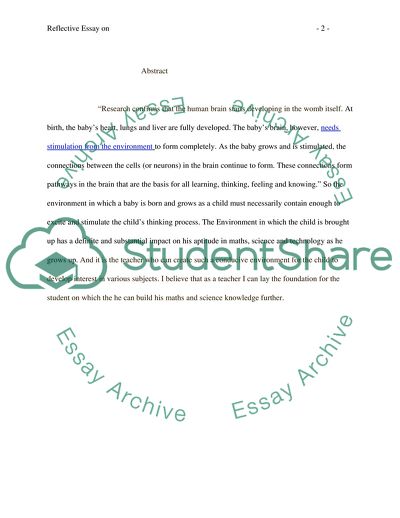Cite this document
(Science and Technology in Early Childhood Essay, n.d.)
Science and Technology in Early Childhood Essay. https://studentshare.org/education/1715536-reflective-essay-on-math-science-and-technology-in-early-childhood
Science and Technology in Early Childhood Essay. https://studentshare.org/education/1715536-reflective-essay-on-math-science-and-technology-in-early-childhood
(Science and Technology in Early Childhood Essay)
Science and Technology in Early Childhood Essay. https://studentshare.org/education/1715536-reflective-essay-on-math-science-and-technology-in-early-childhood.
Science and Technology in Early Childhood Essay. https://studentshare.org/education/1715536-reflective-essay-on-math-science-and-technology-in-early-childhood.
“Science and Technology in Early Childhood Essay”. https://studentshare.org/education/1715536-reflective-essay-on-math-science-and-technology-in-early-childhood.


